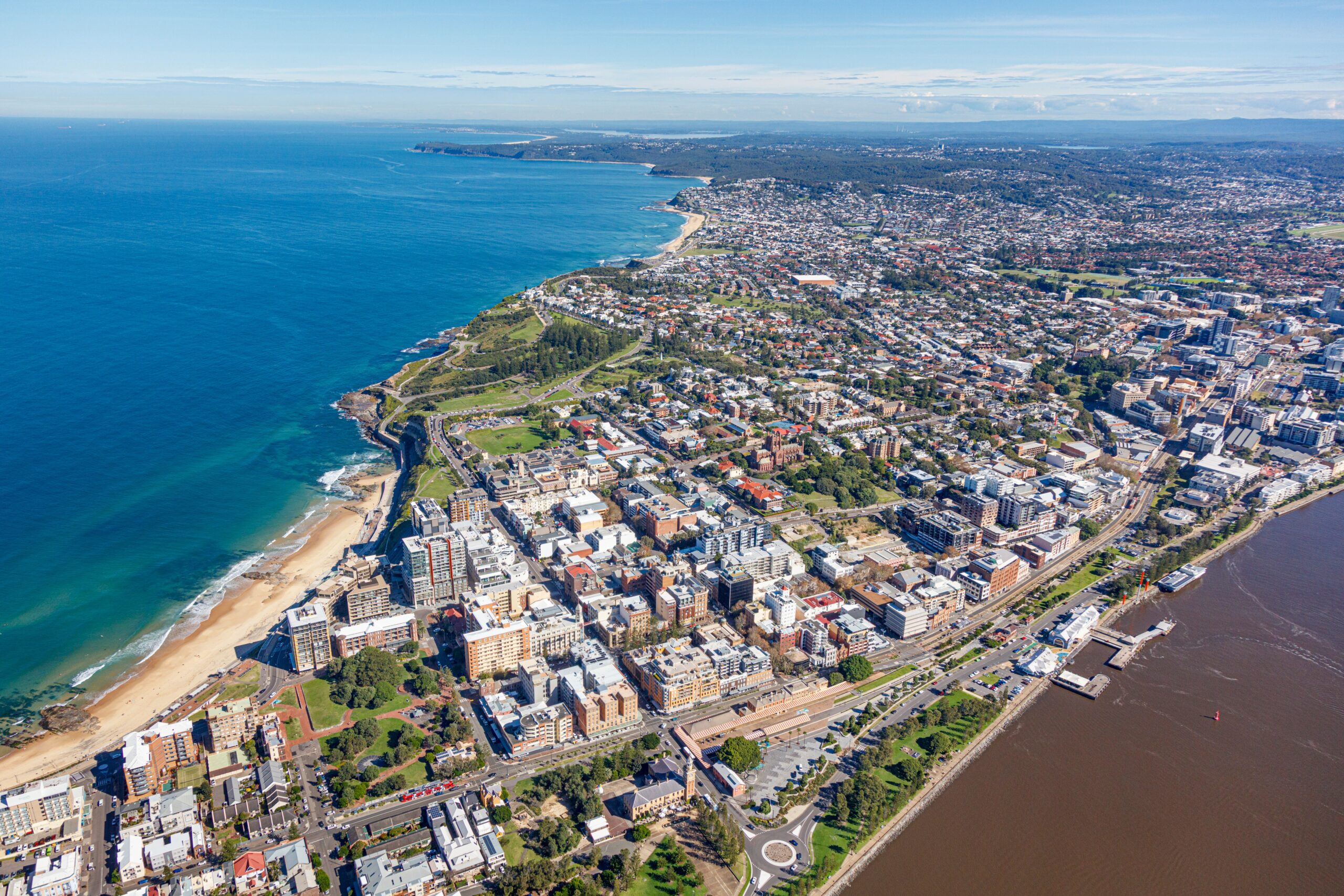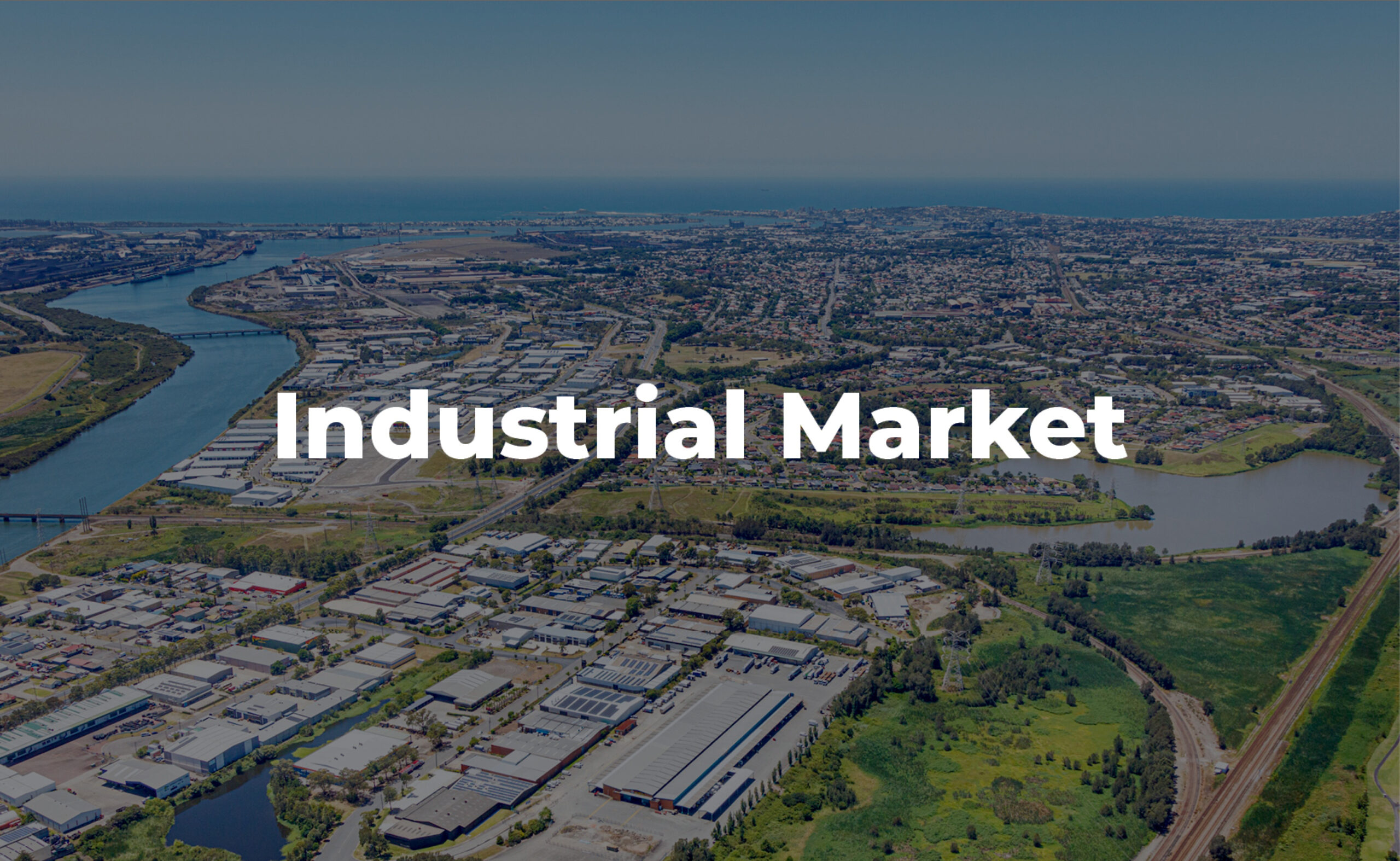
Five tips for investing in commercial real estate
With residential property values declining (down 8.4 per cent as of January 2023 according to CoreLogic) and commercial property remaining a solid investment, now’s a great time to consider investing in commercial real estate. Before you invest in a commercial property there are a number of factors to consider, particularly if you’ve only been familiar with investing in residential real estate in the past.
Here’s our tips for investing in commercial and industrial real estate to help you make an informed decision and achieve lucrative results.
1. Consider what type of commercial investment property to invest in
If you’re considering investing in commercial real estate the first fact to acknowledge is there are a diverse range of asset types to choose from. Commercial properties fall into one of five categories: industrial, office, retail, multifamily and special purpose and each of these property types perform differently depending on current market conditions. It’s therefore important to do your research and consider what type of commercial property will be best suited to you and achieve the yields you hope to attain.
For example, industrial warehouse spaces are currently considered the top performer when it comes to commercial real estate. This comes off the back of increased demand due to ecommerce and online shopping trends, which have been further accelerated as a result of the pandemic. Meanwhile large office spaces are seeing stabilisation and a return to form as people head back to work at the office after these spaces experienced less demand during the pandemic due to an increase in remote work.
As you can see, external market factors have an impact on each asset class differently, so it’s important to consider the latest data trends for the type of commercial property you’re considering investing in.
2. Research the location and understand supply and demand of the local market
As with all investment properties, buying a commercial property is no different when it comes to that old adage, “location, location, location.” Choosing the right location can make a significant difference to the potential yields you are able to obtain. Consider the property’s proximity to nearby services, transport and major highways as well as street frontage and exposure. The type of location needed for each asset class will vary as retail shops need far more exposure than a storage and distribution warehouse. However, proximity to services, transport and roads are important to both. Meanwhile, it’s important to explore what types of property are in high demand from prospective tenants in the location you’re looking to invest in. If you can identify a property type that’s in undersupply, you’re far more likely to have success and be able to achieve higher rental yields and lower vacancy periods in the foreseeable future.
3. Investigate the specifics, including past performance for properties being considered
Once you’ve narrowed your search to a precise location, asset class and have a few properties under consideration, you should then look at the specific details. Now’s the time to complete personal inspections and gather information from relevant industry experts in order to make an informed purchase decision. Your pre-purchase investigations should cover everything from having the relevant pest and building checks completed and obtaining depreciation estimates from a quantity surveyor to confirming with local council that zoning is appropriate for the intended purpose of the building. You can also request this information from the sales and leasing agent who is listing the property. It’s important to assess the current yield, capitalisation rate, obtain profit and loss statements from the existing owner (often via the listing agent) to gauge the property’s past performance, examine existing lease agreements and find out the track record of similar recent investments that may have been made nearby. By doing your due diligence, you can avoid choosing the wrong commercial property and making costly mistakes.
4. Diversify your commercial real estate portfolio to minimise risk
While it might not be feasible for some investors, diversification of your property portfolio is beneficial for reducing risk. This is particularly important when it comes to investing in commercial real estate as regardless of how much time you spend researching and monitoring the property market, there are sometimes unforeseen factors that can occur that may affect potential yields. For example increased vacancy as a result of reduced demand and changes to the broader economy. Commercial property portfolios can be diversified in two ways; by buying more than one asset type or by sourcing properties in more than one location. By purchasing more than one commercial property, you can mitigate any losses you might experience from one property with the gains experienced from another.
5. Enlist the services of a good asset management team
It’s essential for commercial property investors to stay on top of the latest data trends in order to choose the best asset types and locations in which to invest in at any given time. Likewise, commercial investors need to rely on someone to manage the lease of their property effectively in order to maximise the return on their investment. This can be achieved with the help of an experienced asset management team. The team at Commercial Collective provide a tailored approach to asset management, presenting you with upcoming opportunities, ongoing market research and analysis on a regular basis. Their expertise in sales and leasing will help you secure the right property and ensure thorough tenancy management.
To learn more about Commercial Collective’s asset management services click here.





